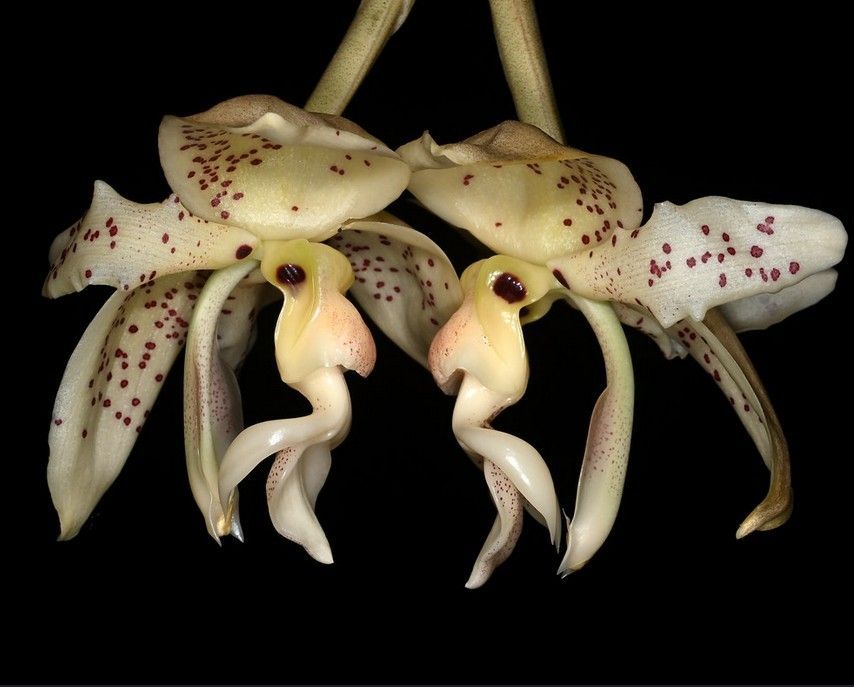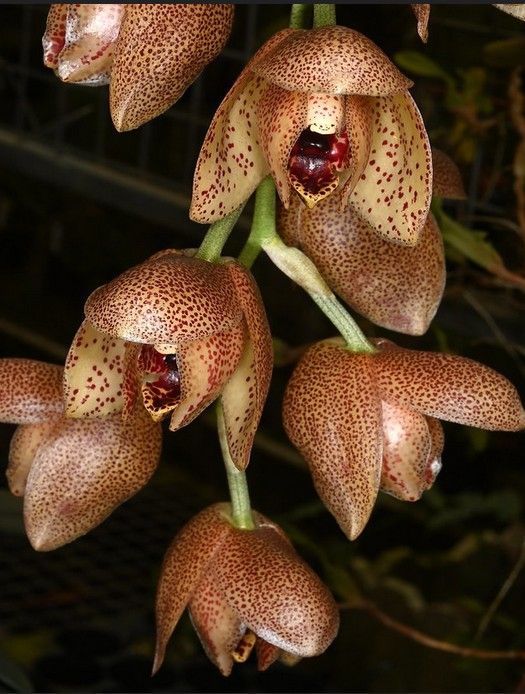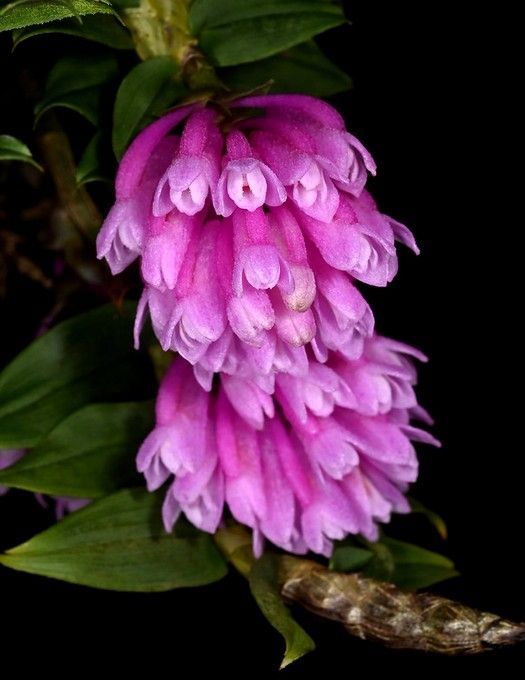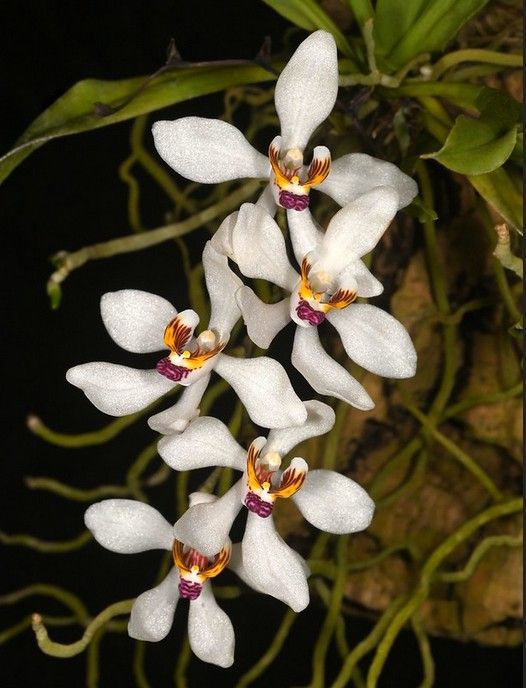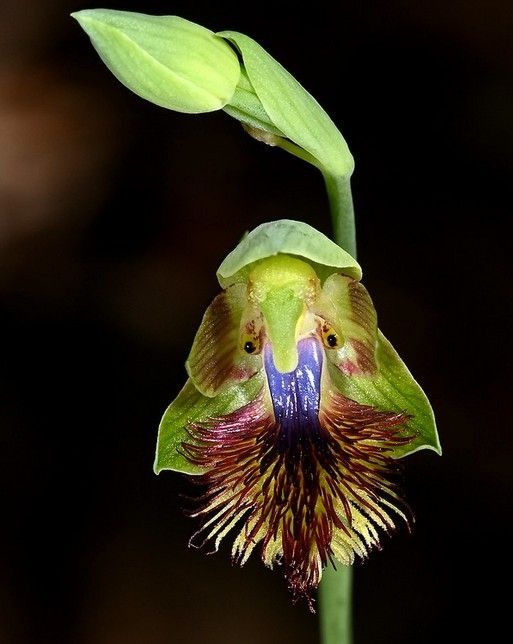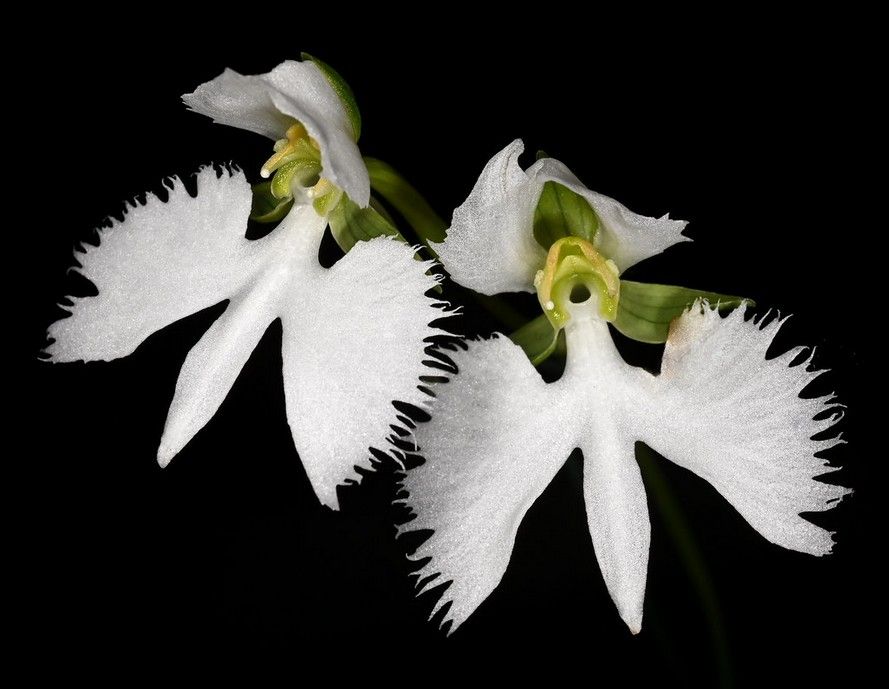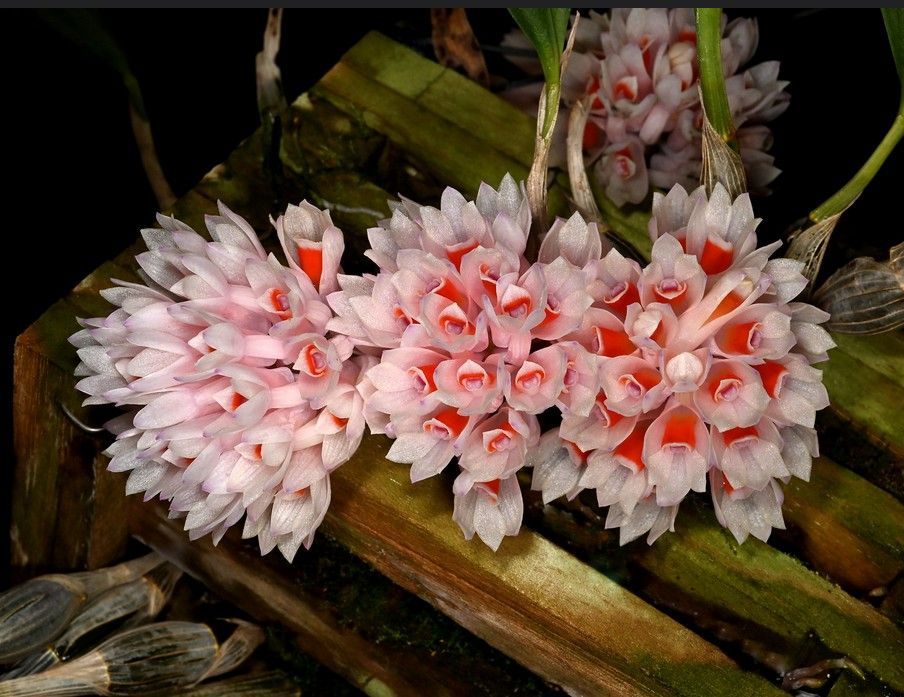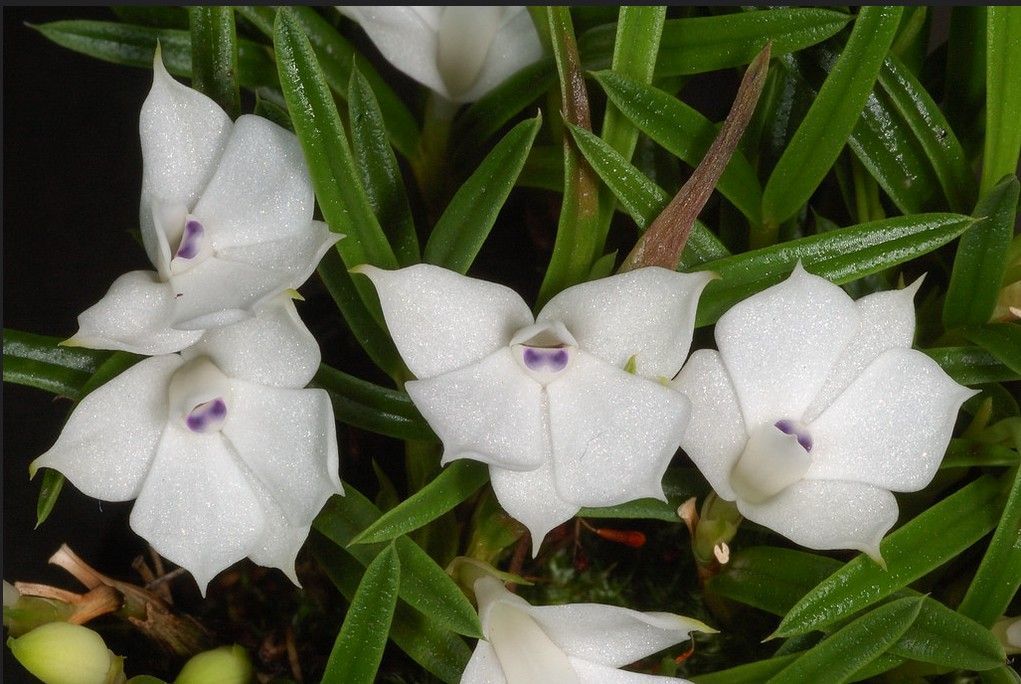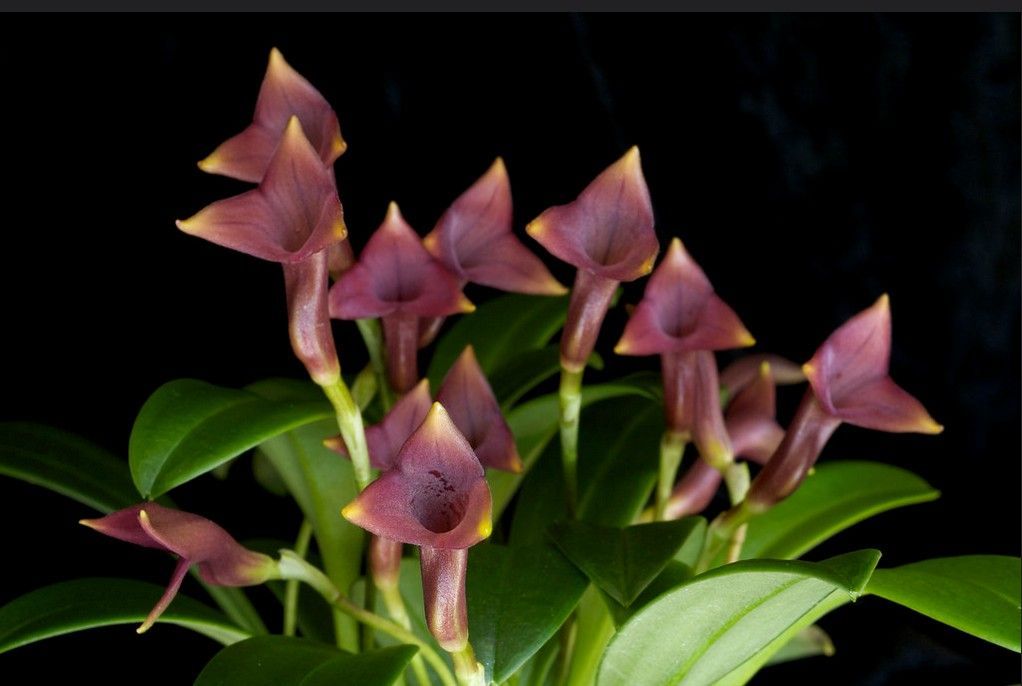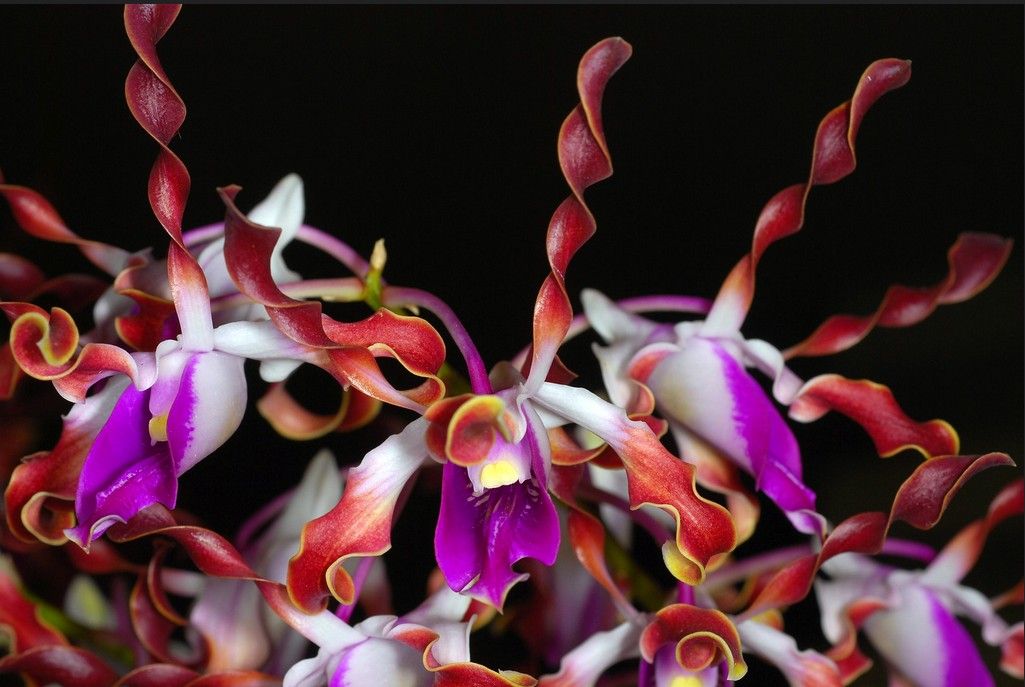Calypso bulbosa var. occidentalis
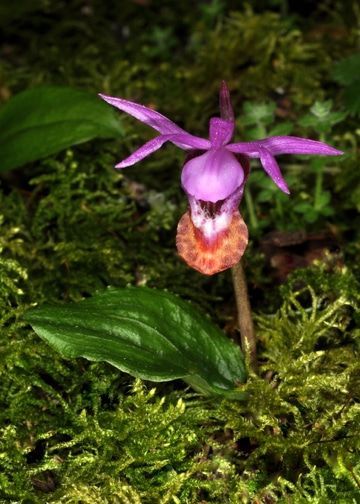
Photographer ©Ron Parsons
The Orchid Digest Front Cover 86-1
Calypso bulbosa var. occidentalis (Holz.) Cockerell, Torreya 16: 185 (1916)
Calypso bulbosa var. occidentalis is a terrestrial orchid found in the northwestern regions of Canada and the United States. It is found in Alaska, California, Idaho, Montana, Oregon, and Washington in the USA. In Canada, it is found in British Colombia. It has white and reddish markings on the labellum and blooms from April through June. The common names of this orchid are the Western Fairy-slipper and the Pacific Fairy-slipper.
Calypso bulbosa does not produce nectar; instead, their flower has a similar shape and smell to other nectar-producing flowers. Pollinators are lured to the flowers by these similarities.
Calypso bulbosa is chlorophyllous and hemi-mycoheterotrophic; it makes its own food and utilizes at least one fungus species to provide some of its carbon intake. The known fungus involved is Thanatephorus ochraceus , a saprotroph.
Calypso bulbosa var. occidentalis requires dappled, diffused, or filtered light. Summer day temperatures should average 74-85 oF (23-29 oC). Nights should average 45-51 oF (7-11 oC). Winter days average 41-47oF (5-8 oC) and nights 25-28 oF (-4 to -2 oC). Plants should be kept rather dry during the winter. Plants should be grown in a deep pot with a layer of rock or broken clay pots at the bottom for drainage and then filled with material collected from fir or pine forests or leaf mold. Fungi are important to the growth, so collecting potting material from where they grow in situ naturally gives them at least a chance of getting the fungi necessary for their successful growth.
Homotypic Names:
- * Calypso bulbosa f. occidentalis Holz., Contr. U.S. Natl. Herb. 3: 251 (1895).
- Calypso occidentalis (Holz.) A. Heller, Bull. Torrey Bot. Club 25: 193 (1898).
- Cytherea occidentalis (Holz.) A. Heller, Muhlenbergia 1: 132 (1906).
- Cytherea bulbosa var. occidentalis (Holz.) Cockerell, Bot. Gaz. 59: 331 (1915).
- Calypso bulbosa subsp. occidentalis (Holz.) Calder & Roy L.Taylor, Canad. J. Bot. 43: 1393 (1963).
* Basionym/Replaced Synonym
Heterotypic Synonyms:
References:
- Lady Bird Johnson Wildflower Center
- North American Orchid Conservation Center
- Baker, Charles and Margaret
Cultivation requirements for Calypso bulbosa var. occidentalis
